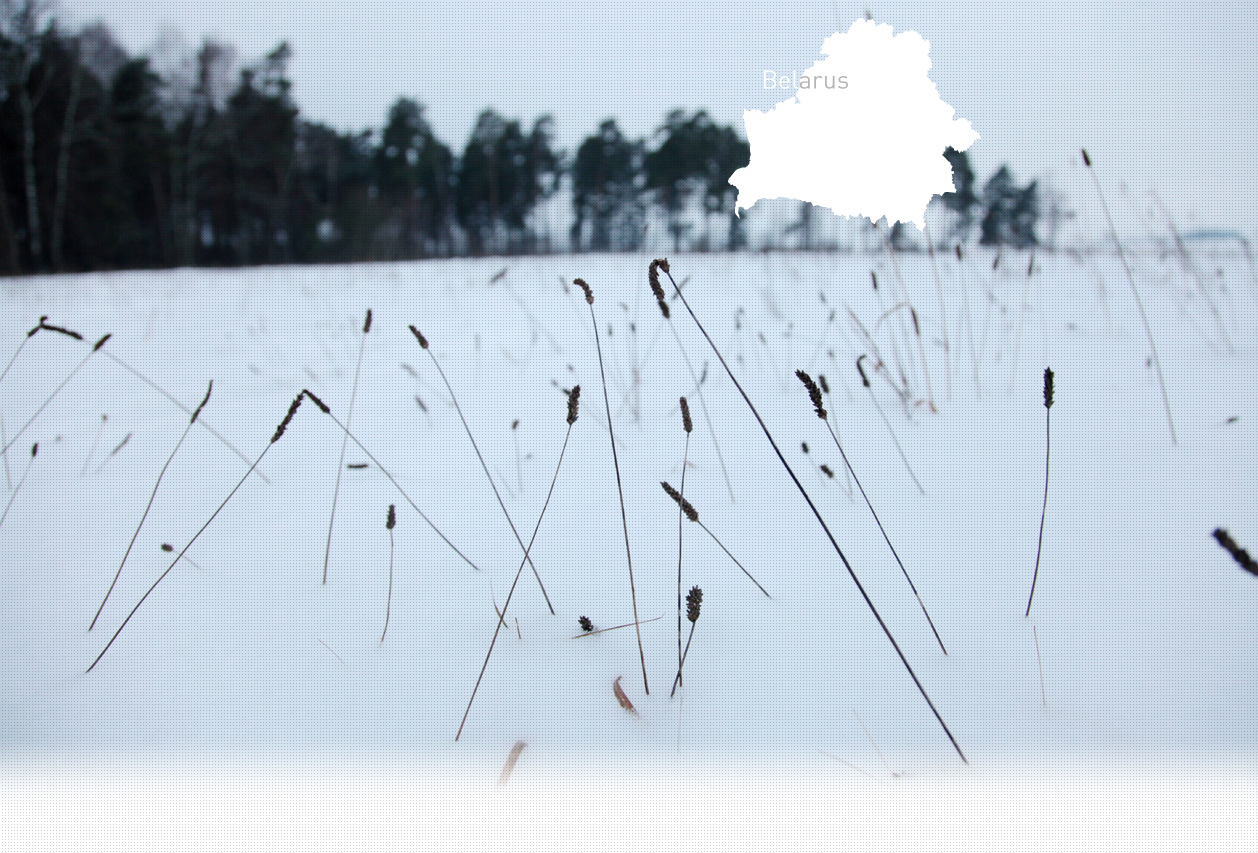

2 Killing site(s)
Stanislav S., born in 1933: "When we approached the site where the Jews were shot to get a better view, the German soldiers chased us away. We could hear the shootings clearly.” (Witness N°736 interviewed on April 29, 2014)
"The shooting was carried out by men of the German Gestapo. Before the shooting, the executioners ordered the Jews to prepare them lunch and get them some vodka. After that, they began the shooting. They brought the victims in groups of 20 towards the pit. The women, with children, were separated from the men. Before being shot, they had to undress.” [Deposition of Moisey B., a factory worker, drawn up by the Soviet Extraordinary State Commission, on April 21, 1945; RG-22.002M.7021-86-38]
“At about 10 am, I heard the first shootings coming from the site of the execution. I would point out that a number of Jews tried to run away from the path leading to the execution site. So they were shot by the roadblock teams. It is not an exaggeration when I state that the road leading to the execution site looked like a battlefield. I can say it with a clear conscience.” [Deposition of Friedrich L., a former Voronovo Gendarmerie commandant, September 1964, BALAR-Z94/59Vol.III-B162-3433]
Voronovo is a small town, situated 40 km north of Lida. Before the Germans’ arrival, there were around 1,500 Jews living in the town, including Jewish refugees from western and central Poland, that had been annexed by Germany in 1939. There was a synagogue and a Jewish cemetery. The German forces occupied the village at the end of June 1941.
Shortly after the Germans’ arrival, a number of Jews were humiliated and shot. Jews were subsequently forbidden from leaving the town, and an open ghetto was eventually established in the Jewish quarter. On November 6, 1941, a large group of the Jews were rounded up and placed in the building of the movie theater. Many of them were killed during the operation. On November 14, Jews were shot near the train station by Lithuanian policemen.
In December 1942, Jews from nearby villages, including Benyakonye, Konvalishki, Soleshniki, were put in the ghetto, which had been fenced in. There were more than 3,000 Jews interned in the ghetto. On May 11, 1942, the Jews were assembled at the market square. Even though many of them had previously managed to hide or escape, nearly 2,000 Jews were chosen during a selection and shot in a ditch to the northeast of the city. Men and women were shot separately in 2 different ditches. The remaining Jews were transferred to the Lida ghetto 2 weeks later.
Do you have additional information regarding a village that you would like to share with Yahad ?
Please contact us at contact@yahadinunum.org
or by calling Yahad – In Unum at +33 (0) 1 53 20 13 17